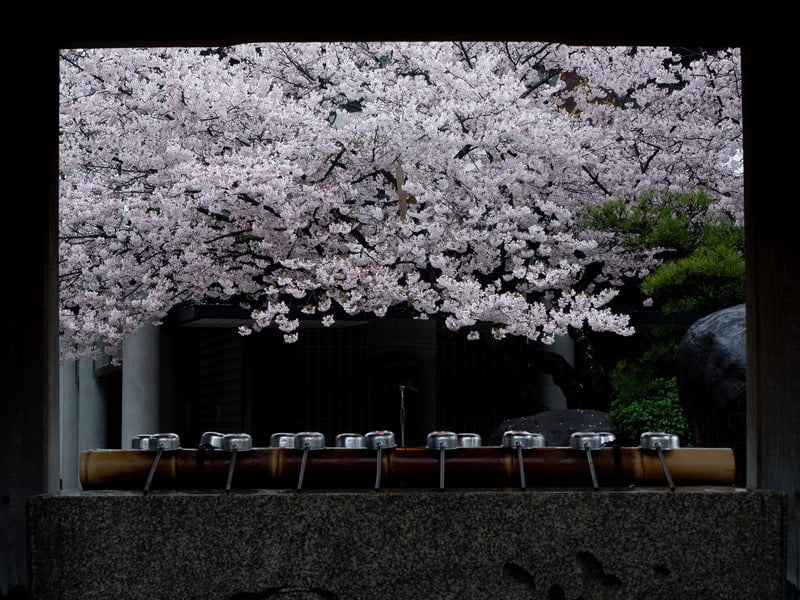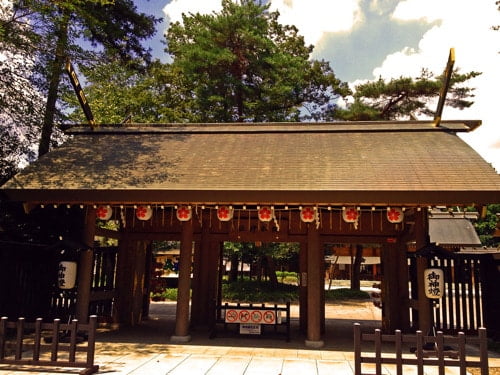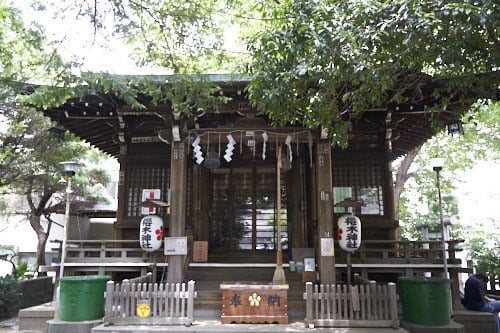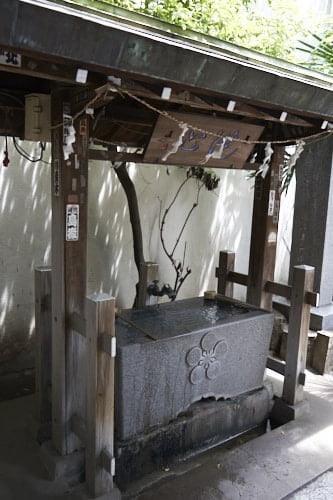Physical Address
304 North Cardinal St.
Dorchester Center, MA 02124
Physical Address
304 North Cardinal St.
Dorchester Center, MA 02124

It is the season of cherry blossoms. And March 27th is “Sakura Day”.
It is said that there are eight million gods in Japan, and it is believed that gods also reside in plants and trees.
Since the Heian period (794-1185), cherry blossoms have become synonymous with flowers and have become one of the most important flowers that bloom in spring.
The cherry blossom season coincided with the rice planting season, and it was believed that the god of rice (grain) resided in the cherry blossoms. It is often said that “Sa” in Sakura means the god of rice and “Sakura” means the seat of the god. (The rock on which the god descended is called Iwakura.
However, in the Man’yoshu period, the flower was the plum tree due to the influence of Chinese culture. However, in the Heian period (794-1185), plum blossoms were used as flowers due to the influence of Chinese culture, and this was replaced by cherry blossoms. There are no poems in the Manyoshu that relate cherry blossoms to rice cultivation, so the relationship between cherry blossoms and the gods is probably a relatively new concept.
However, in the old days, there were trees that were used as indicators, such as “sow seeds when this cherry tree is in bloom,” so there is no doubt that cherry trees were closely related to agriculture.
There was also a shrine with this meaning.
There is also a shrine with this meaning, Sakuragi Shrine in Noda City, Chiba Prefecture, which has recently become particularly famous for its red seals.

The shrine enshrines Ukanomitama-no-mikoto as its deity, and the shrine’s history says, “The ‘sa’ in cherry blossom stands for the spirit of rice, and ‘kura’ for the place where the deity sits. The name of the shrine is due to its connection with the rice spirit and the fact that it was enshrined under a cherry tree.
Recently, the cherry blossom season coincides with the school graduation and entrance season.
Perhaps that is why many schools have cherry trees planted.
And the god of learning is Sugawara no Michizane, who is the deity of shrines called Tenjin-sama and Tenmangu.
At these shrines, plum trees are planted in honor of Sugawara no Michizane, and the flowering season is in January or February, just when entrance examinations are taken.
I looked for shrines where Michizane Sugawara is associated with cherry blossoms.
Here it is! There is a shrine associated with cherry blossoms, and it’s the closest shrine to the University of Tokyo. It’s Sakuragi Shrine in Bunkyo Ward.

In 1691, the shogun, Tsunayoshi Tokugawa, decided to establish the Shoheizaka Gakumonjo (Yushima Seido) and moved the shrine to its current location.
The shrine is also featured in the manga “Dragon Cherry Blossom,” in which a dropout tries to get into Tokyo University.

It seems that this shrine is not the Ujigami of the University of Tokyo, but
I’d like to pray for the good fortune of the cherry blossoms.
Incidentally, there is a shrine called Yushima Tenjin near the University of Tokyo, which is famous for academic success.